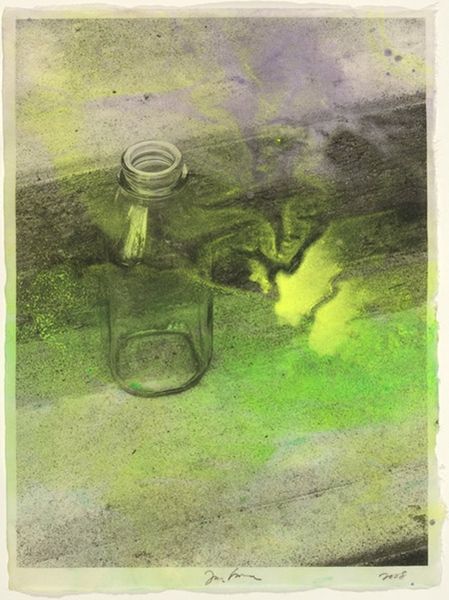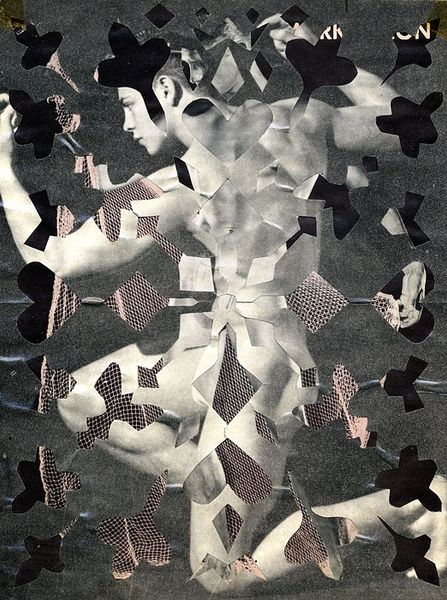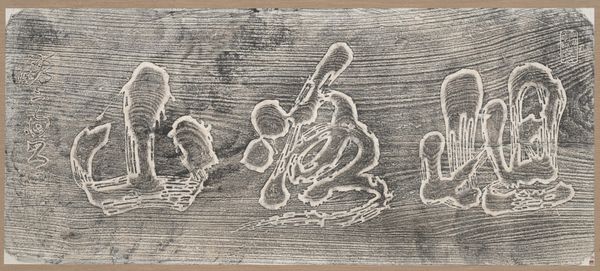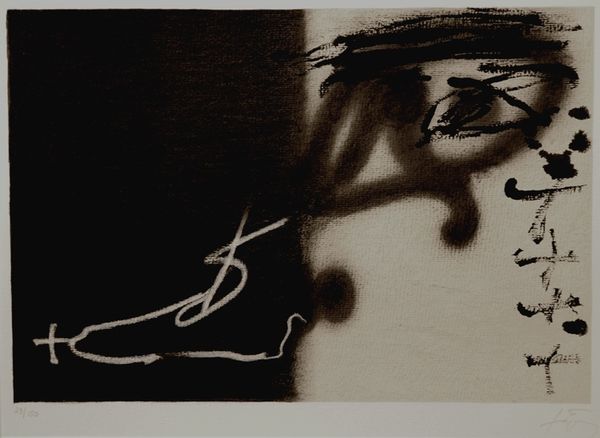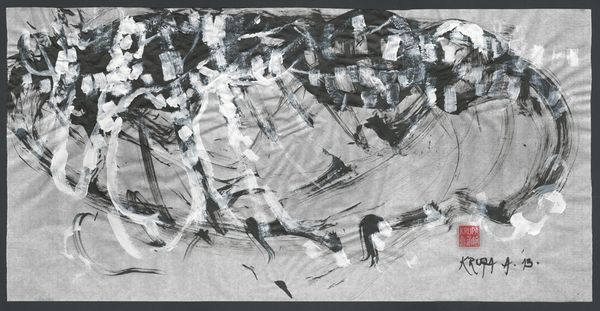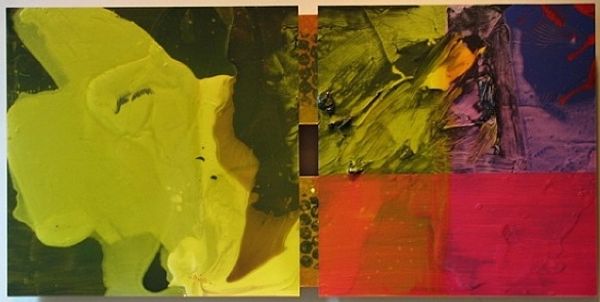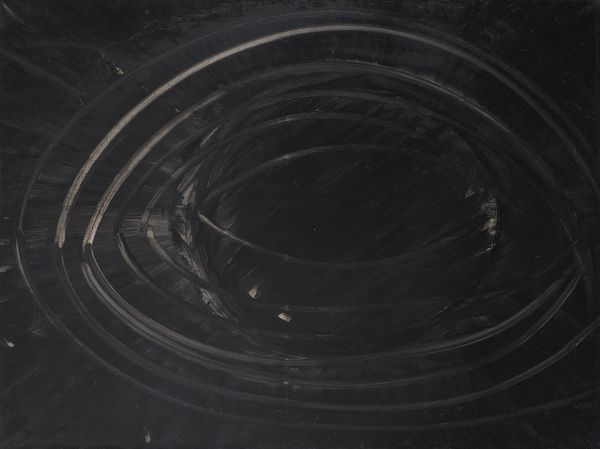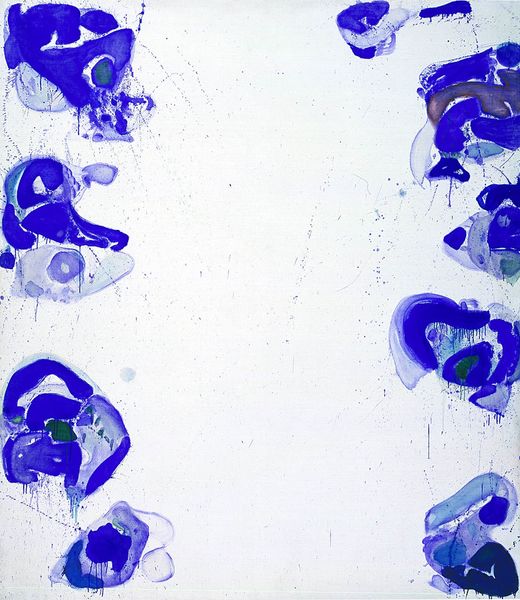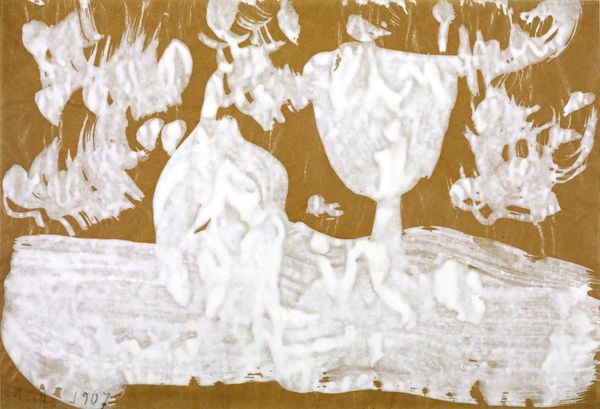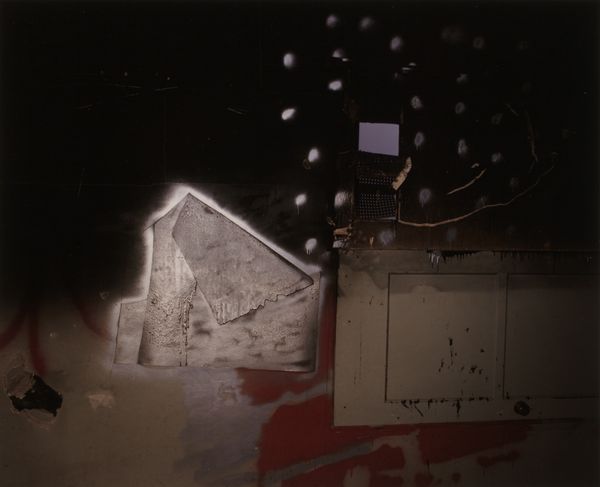
assemblage, sculpture, wood
#
assemblage
#
figuration
#
form
#
sculpture
#
wood
#
abject-art
#
surrealism
Copyright: Hans Bellmer,Fair Use
Curator: This peculiar assemblage before us is Hans Bellmer's "The Doll (Maquette for The Doll's Games)," created in 1938. Editor: It has this weirdly sterile and unsettling feel, almost like looking at the discarded remains of some surgical experiment. What are your first impressions? Curator: Well, that tension is quite deliberate. Bellmer, a key figure in Surrealism, used such imagery to confront the period's repressive societal attitudes toward the body. It's as if he wanted to dismantle our naive and fixed notions around "wholeness". Editor: You can definitely see that impulse to fragmentation here. The object's made of what looks like wooden components crudely joined, resembling a disassembled figure – almost like a strange kit. There's also the rather curious choice of color palette – off-whites and creams that evoke this unnerving quality. Curator: It seems these abject features became Bellmer's signature, a provocative commentary on the objectification of the female form, born partly out of his reaction to the rise of Fascism in Germany. For me, his practice transcends beyond merely representing a body to actually *being* an unconventional corporeal presence. Editor: Ah, that throws a whole new light on things! Looking closely, this use of crude shapes contrasts dramatically with traditional sculptures; the hollowness adds another dimension to its unsettling feel. There is also that sinuous wire contrasting starkly with rigid materials! I was not sure how to engage it until you mentioned politics and subversion; now I know exactly how. Curator: Exactly, Bellmer wasn't crafting traditional sculptures but weapons for cultural critique. It's an exploration of form and gender through, well, a deliberate deformation. Editor: That’s it, the distortion and disfigurement is actually a form of surrealist intervention! Looking at its various features is no longer unbearable, but intriguing and full of purpose. Curator: Precisely! And in viewing his piece here today, perhaps it serves as an urging from Bellmer to challenge comfortable, perhaps complicit notions around art as merely "beautiful" form, in its subversive essence.
Comments
No comments
Be the first to comment and join the conversation on the ultimate creative platform.
